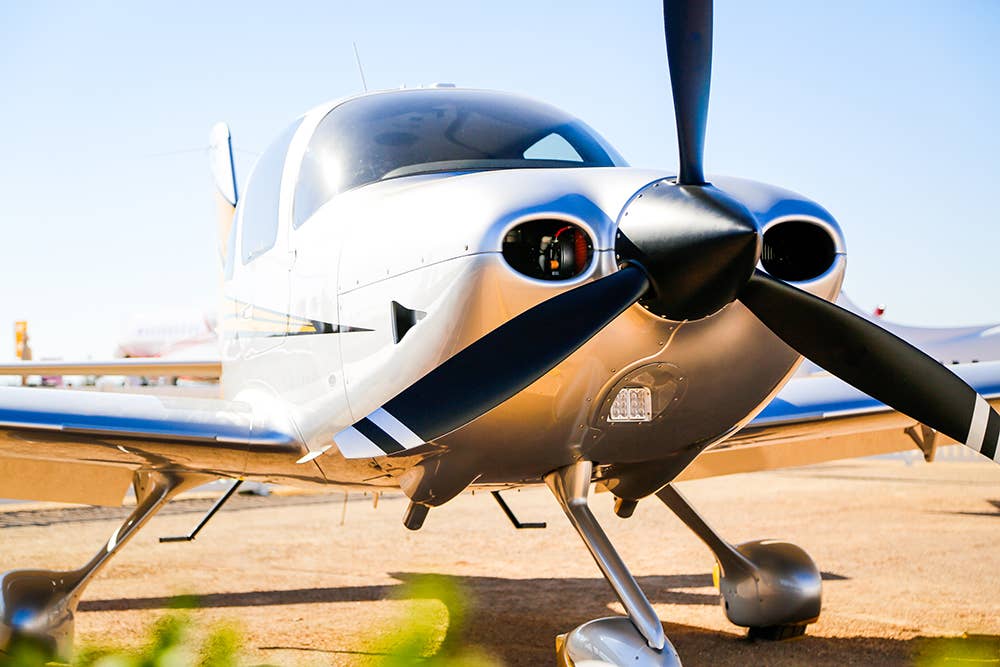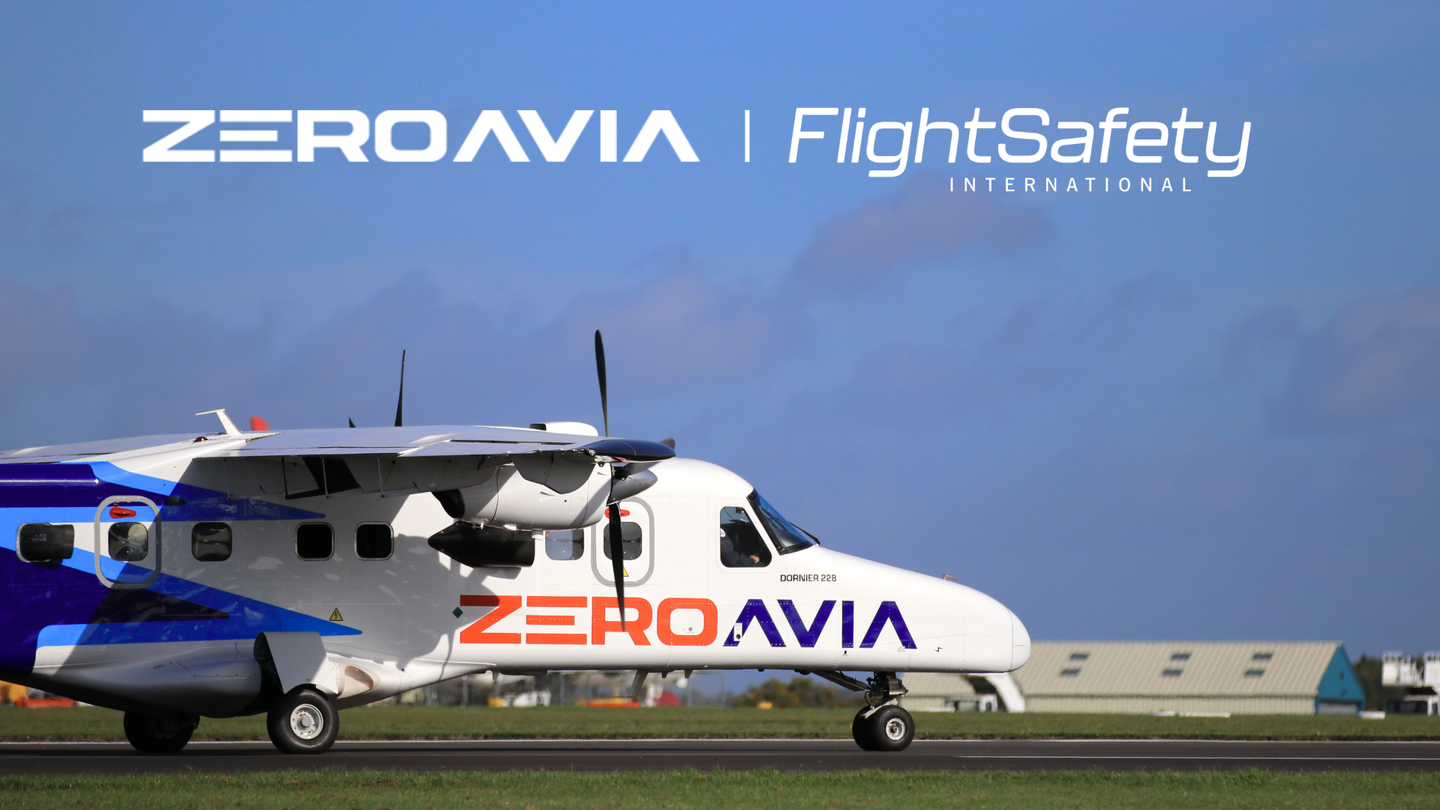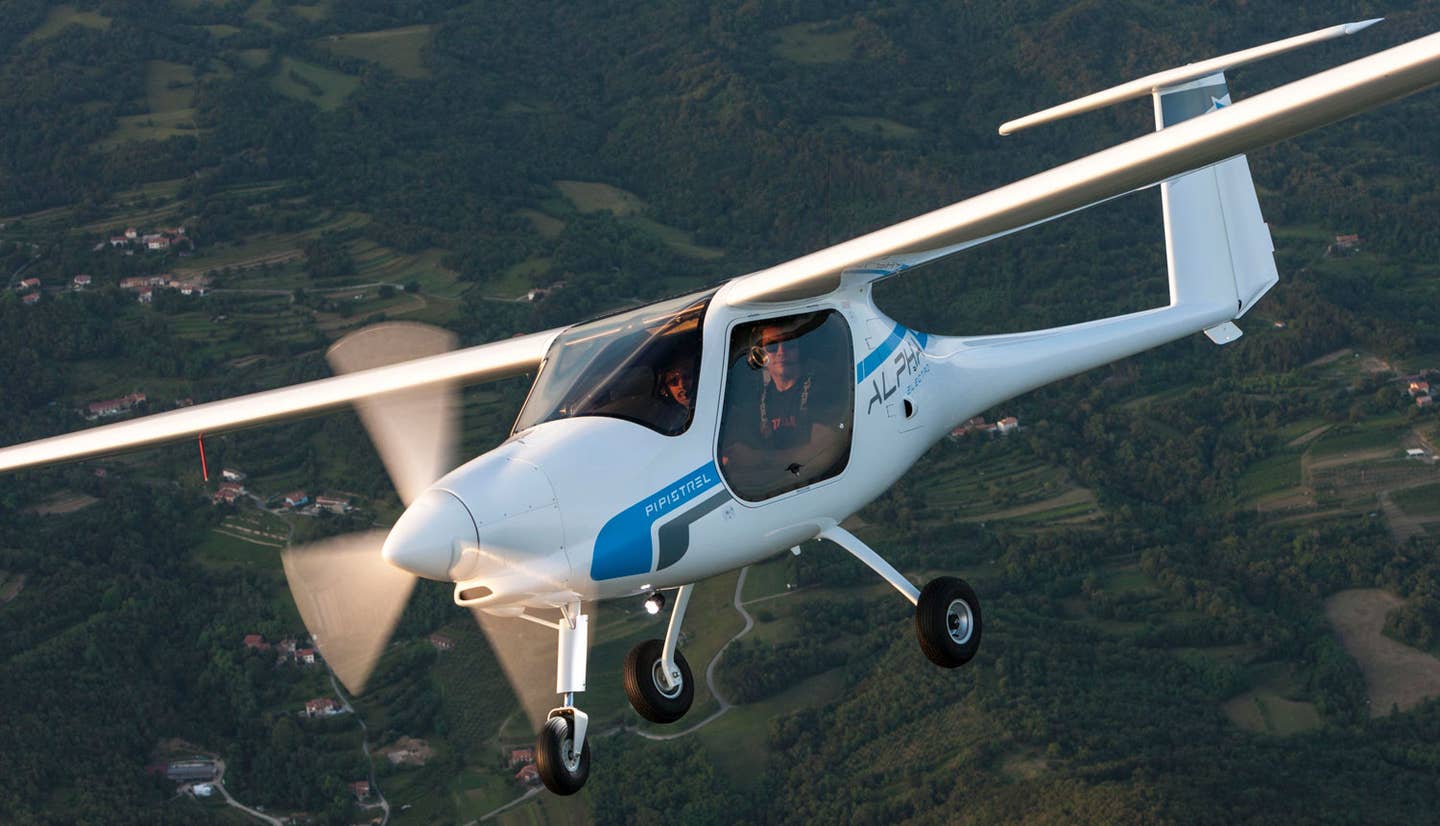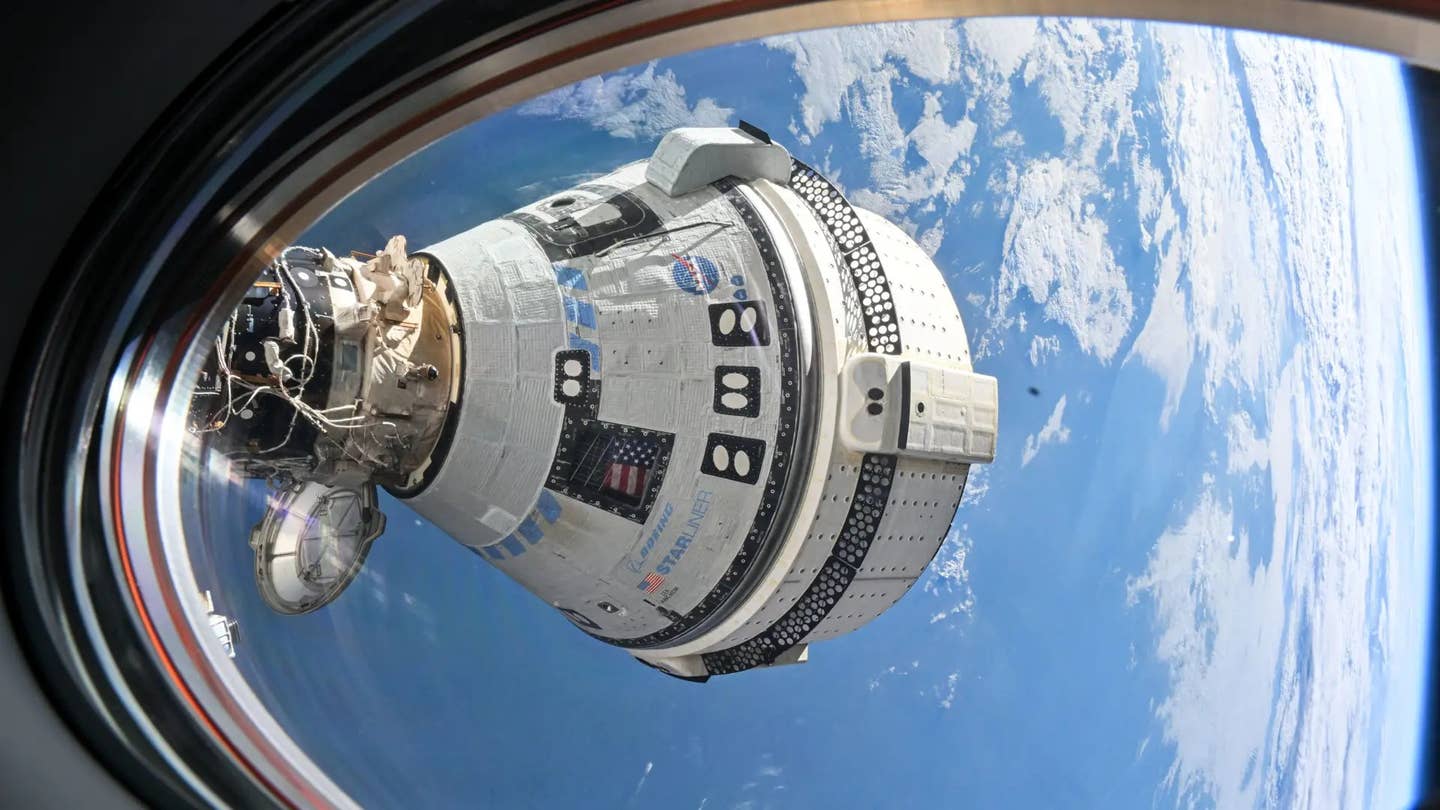Which Aircraft Fits Your Traveling Plans?
Going places in small airplanes is rewarding but requires compromises.

Authors James and Deborah Fallows spent several years crisscrossing the U.S. in a Cirrus SR-22 while researching and writing Our Towns. [File Photo: Adobe Stock]
When you tell fellow pilots you are shopping for an airplane that can cover serious distances, some are likely to respond with a short list of “traveling machines.” That’s general-aviation shorthand for fast models like the Beechcraft Bonanza and Mooney 201.
But those suggestions might stem from a lack of creativity or a sense of adventure. The most thoughtful flying friends will probably ask three things:
- Where are you headed?
- Who is going with you?
- How soon do you need to get there?
My own translation of range, cruising speed, and useful load as a pilot new to the ownership game makes for a good place to start towards characterizing the missions you plan to perform and finding the best aircraft for the job.
Speed Isn’t Everything
Pilots tend to obsess over speed. We want to reach our destination as soon as possible. But going fast usually requires trade-offs, like living with less interior space or giving up short-field performance and load-carrying capability. Models better suited to heavy lifting and backcountry exploration typically cruise at a “relaxed” or “steady” pace at best.
“Whether you write about your adventures or just enjoy them, you’ll need an airplane that matches the mission.”
As my wife and I shop for our first airplane, the biggest challenge is finding one that is fast enough to get us from New Jersey to Deer Isle, Maine, in about two hours instead of the four it takes in a Cessna 172. But we’d also like to visit the short turf and gravel strips that dot the islands along the coast. Some are just 1,500 feet long. Suddenly, the 172 shines again.
I believe that deep down, many of us want to travel the world by air in our own airplane, on our own schedule. Or at least take a sizable bite out of the U.S., using its thousands of general aviation airports to access a vast range of attractions. The truth is that you can do it in whatever airplane suits you.
Authors James and Deborah Fallows spent several years crisscrossing the U.S. in a Cirrus SR22 while researching and writing Our Towns, a sweeping 2018 exploration of the nation’s communities and cultures. In contrast, in 1966 teenage pilot brothers Rinker and Kernahan Buck flew coast to coast in a Piper Cub with no radio. Rinker recalled their experiences in a 1997 memoir Flight of Passage.
Whether you write about your adventures or just enjoy them, you’ll need an airplane that matches the mission. The following list includes categories of aircraft pilots might consider for personal or family transport, and what they can expect in performance from each. Of course, your budget will affect shopping strategy. But since aircraft pricing is itself a huge topic, we aren’t going to dwell on it here. The airplanes below probably cover a range from the price of a basic used car to more than you paid for your house.
Basic Two-Seater
If you are traveling solo or as a couple without kids, the vast world of two-place aircraft could be your oyster. The category includes the stalwart Cessna 150 and antiques like the Aeronca Champ and Piper Cub. Many older tube-and fabric airplanes such as the Champ qualify under today’s light sport rules. This has been a boon for many pilots who no longer want to deal with the hassle of a third-class medical certificate, which is not required for a light sport pilot certificate. While prices have risen lately across the light-aircraft market, the cost of many early two-seat Cessnas, Pipers, Luscombes, and Aeroncas are among the lowest in aviation. The tradeoff in most cases is a slow cruising speed and a back-to-basics flying experience—more like the Buck boys in 1966.
Basic Four-Seater
Cessna’s best-selling 172 is among the usual suspects in this category, with the Piper’s PA-28 and Beechcraft Musketeer typically joining it at airport tie-downs across the country. Many people learn to fly in these machines and later find that they are versatile enough to handle their personal transport needs, like the family car. If your travel plans include short runways and remote turf strips, it is hard to beat a 172, even if it is not particularly fast. Despite having four seats, many of these airplanes are more like two- or three-seaters from a practical standpoint if you want to carry luggage and fill the fuel tanks. Still inexpensive by aviation standards, these models have seen a jump in prices over the last year or two as more people have started flying.
High Performance Four/Six Seater
This is where speedsters like the Cirrus SR22 and Beechcraft Bonanza come in. With cruising speeds often reaching past 180 knots, these airplanes will get you to your destination appreciably sooner than, say, the 172. The Cirrus also comes with an airframe parachute that many buyers have used to convince family members they will be safe in a small airplane. This is a big category that includes familiar models from Mooney 201s and Piper Saratogas to the rare Meyers 200. Most have retractable gear—Cirrus is the exception. Few can comfortably work short strips like a 172. But if you stick mostly to paved runways of 3,000 feet or more, one of these aircraft could strike the right balance.
Flying SUV
Between basic four-seaters and their high-performance cousins are the Piper Cherokee Six and Cessna 206, with powerful engines, sturdy fixed landing gear, and large cabins that adapt easily between passengers and cargo. Indeed, this pair of six-seat utility aircraft are in their own category. They parallel sport-utility vehicles in that they are designed not just around getting you to your destination, but making sure your stuff gets there, too. While many aircraft owners wind up disappointed over a lack of useful load, these airplanes are less likely than others to let you down. Like a large pickup truck, the 206 and Cherokee Six are known for using lots of gas but fuel economy isn’t a make-or-break factor for most pilots. Speed isn’t a priority, either, as this pair lives in the 140-knot neighborhood.
Turboprop
Sometimes while pushing the 172 out of our club’s hangar, I’ll spot our neighbor towing his Pilatus PC-12 to the ramp. We are both private pilots at a sleepy rural airport but otherwise the contrast is striking in so many ways. The PC-12 is huge and makes the Cessna look like a toy—a well-used toy. Aircraft like the Pilatus, Daher TBM series and Piper M600 represent a big step up in speed, range, load carrying and technology. And yes, we are getting into the luxury-home price range. Still, such aircraft offer a travel experience that invites comparison with airlines—only without crowds and security checks. They also demand more of a pilot than a typical piston single does. With more systems to operate, staying ahead of the airplane becomes more critical, and that’s not easy when you’re cruising at more than 300 knots. To stay current, you will have to train more. But think of the rewards…

Sign-up for newsletters & special offers!
Get the latest FLYING stories & special offers delivered directly to your inbox






